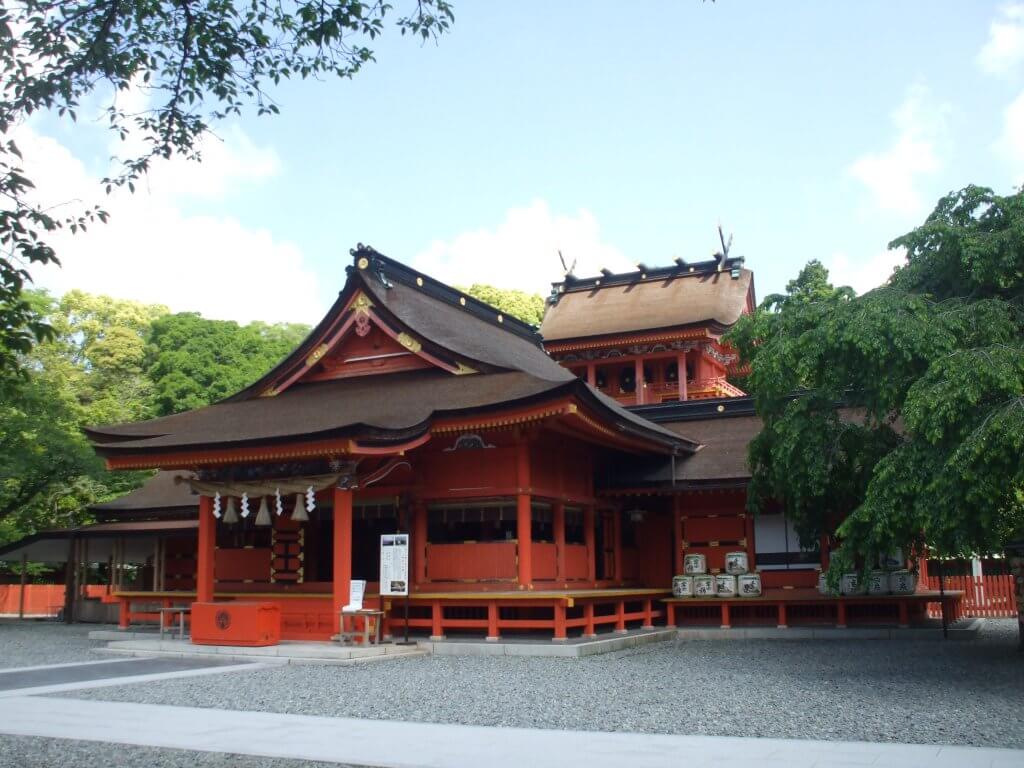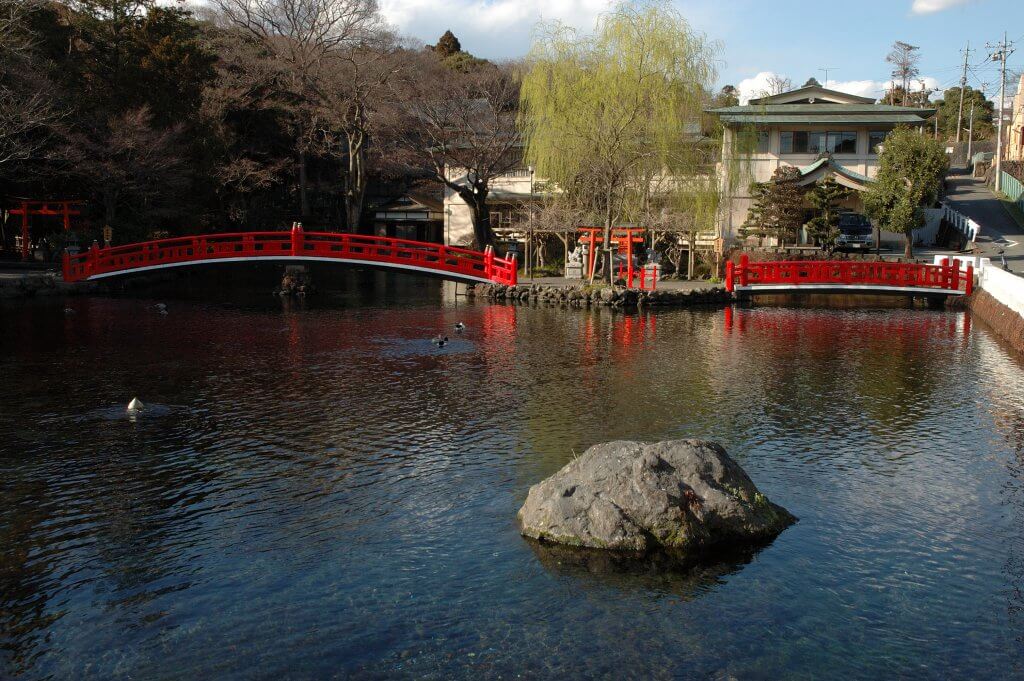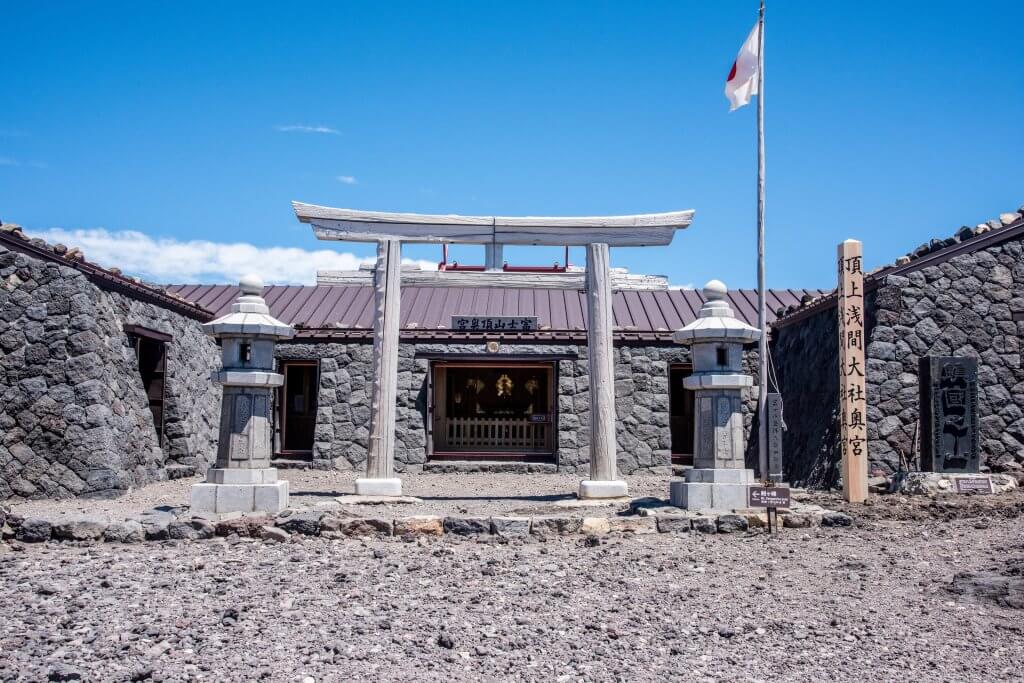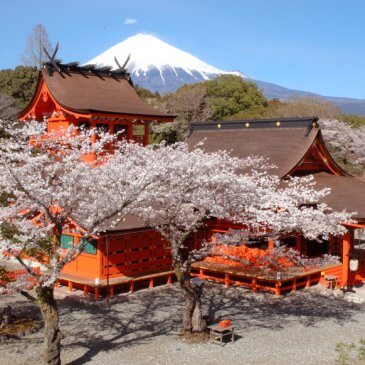Mount Fuji was designated as a world heritage site in 2013. Its grandeur and beauty have fascinated people all over the world and it is not an overstatement to say that Mount Fuji is the symbol of Japan.
It might surprise you that the land above the 8th station of Mt. Fuji belongs to a shrine. That shrine is called the Fujisan Hongu Sengen Shrine and is located in the city of Fujinomiya in the Shizuoka prefecture. This shrine is the head shrine of the group of Sengen Shrines, in which there are nearly 1300 across Japan. Why does the shrine have ownership over the land on top of Mt Fuji? This can be explained through a story that date backs to the time of Tokugawa Ieyasu and Tokugawa dynasty.
Dating all the way back to 3 B.C., the period of the 7th Emperor of Japan, Korei, Mount Fuji erupted and left all of its surrounding area as a desolate wasteland.
In 27 B.C., the 11th emperor of Japan, Suinin, enshrined a mountain deity at the foot of Mount Fuji. After this, the volcano was extinguished and local people could finally return to their serene life surrounding the mountain. The Japanese people believe this occurred thanks to the mountain deity that was enshrined at the foot of Mount Fuji.
This story spread quickly and was told all over the nation. Since that time, Japanese people have become very dedicated to respecting mountains and all other nature.
Eventually, a magnificent shrine was built next to a spring, which collected water from Mount Fuji. This shrine is the current Fuji Hongu Sengen Shrine.
During the year 1600 A.D., the East Army, led by Tokugawa Ieyasu, and the West Army, led by Ishida Mitsunari, fought in “The Battle of Sekigahara.” Before this battle, Tokugawa Ieyasu worshipped and prayed for victory. At the same time, he promised to himself that if he won the battle, he would donate the funds to construct a shrine to show his gratitude.
The winner of the battle, Tokugawa Ieyasu, re-built the shrine and donated 30 additional buildings to the shrine grounds in celebration of his victory, as promised. This included the Honden (main building of shrine), Haiden (worship building), Romon (two-storied gates), and more. At the same time, it is said that he also repaired the offertory box, which was placed at the top of Mount Fuji to collect offerings for the shrine.
Later on, in 1779, the Tokugawa family declared that the property above the 8th station of Mount Fuji was officially designated as belonging to the Fujisan Hongu Sengen Shrine. It can be said that the decision was determined by Tokugawa Ieyasu.
